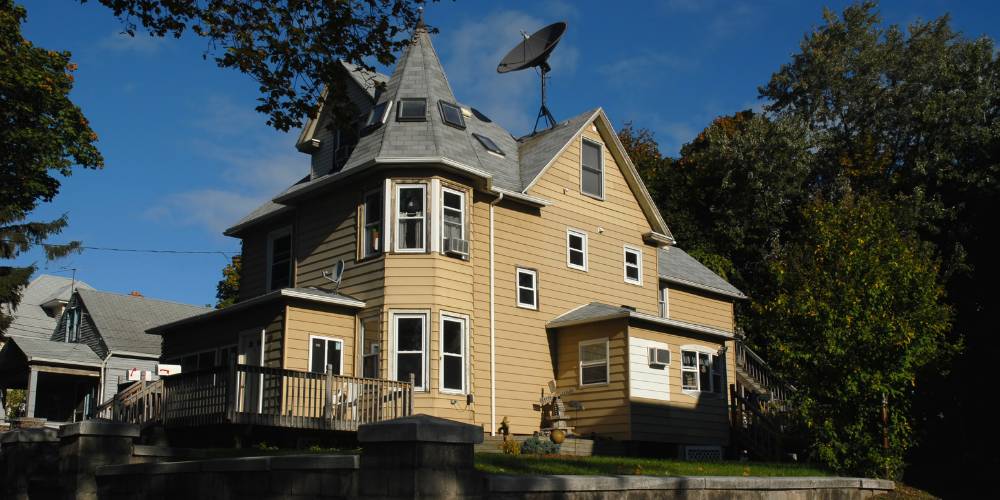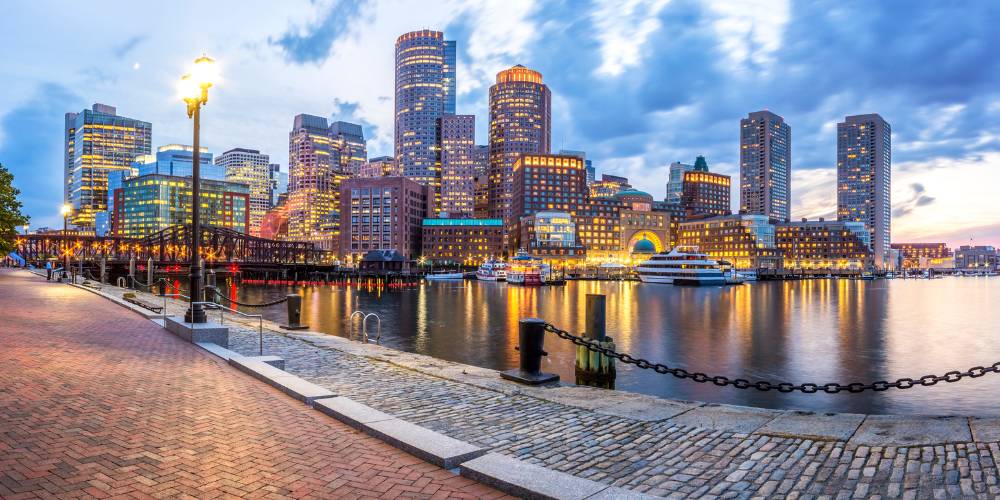Boston, one of the oldest cities in the United States, is a true treasure for architecture lovers. With a rich history dating back to the 17th century, the city offers a fascinating overview of the evolution of architectural styles over the years.
Colonial Architecture (17th and 18th Centuries):
The first buildings in Boston reflected the influence of English architecture, with simple wooden houses and Georgian-style churches. The Old State House and Faneuil Hall are notable examples of this era.
Federal Architecture (Late 18th and Early 19th Centuries):
With the independence of the United States, the Federal style emerged, characterized by more elegant lines and classical details. The Harrison Gray Otis House and the Old South Meeting House are examples of this period.
Victorian Architecture (19th Century):
The Industrial Revolution brought with it the Victorian style, with its ornate and eclectic buildings. The Back Bay, an iconic neighborhood in Boston, is an impressive example of Victorian architecture, with its brownstone houses and detailed facades.

Beaux-Arts Architecture (Late 19th and Early 20th Centuries):
The Beaux-Arts style, with its classical and grandiose influences, left its mark on Boston, especially in public buildings such as the Boston Public Library and the Museum of Fine Arts.
Modern Architecture (20th Century):
In the 20th century, modern architecture brought with it new forms and materials, with cleaner and more functional buildings. The Hancock Tower and the Prudential Center are iconic examples of this style in Boston.
Contemporary Architecture (21st Century):
Boston’s contemporary architecture is marked by diversity and innovation, with buildings that explore new technologies and materials. The Institute of Contemporary Art and the Seaport District are examples of areas that house impressive contemporary buildings.
Heritage Preservation:
Boston has made efforts to preserve its architectural heritage, restoring historic buildings and encouraging the creation of new constructions that harmoniously integrate with the urban environment.

Architectural Itinerary:
To explore the architecture of Boston, you can take a walking or cycling tour, visiting the main tourist attractions and neighborhoods of the city. In addition to the buildings mentioned, it is worth visiting the Trinity Church, the King’s Chapel and the Boston City Hall.
The architecture of Boston is a reflection of its history and culture, with a fascinating mix of styles over the years. When exploring the city, you can appreciate the richness and diversity of its architectural landscape.
